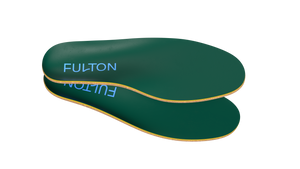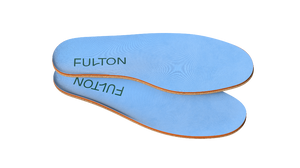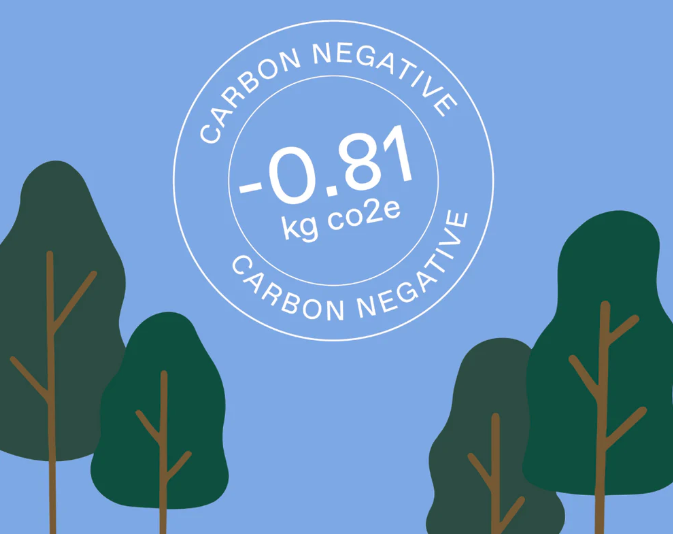Today marks the start of Earth Week, a week when the world comes together to celebrate the environment and discuss how we can protect it moving forward. For Fulton, environmental sustainability has always been our top priority. In a world of billions of pairs of plastic, gel, and styrofoam insoles, it has never been more important to push the boundaries of what we thought was possible and reduce our collective impact on the planet.
Over the last few months, we teamed up with an external partner to conduct an independent, thorough analysis of our end-to-end supply chain known as a Life Cycle Assessment. We analyzed everything including our materials, production processes, and transportation partners, boiling the environmental impact of creating a pair of Fulton insoles down to a single number known as a Carbon Footprint.
Today, we are excited to share the results of this analysis: the Carbon Footprint of one pair of Fulton insoles is -0.81 kg CO2e. Fulton is carbon negative.
What does this number mean, and how can our carbon footprint be negative? Simply put, carbon negative products remove more carbon dioxide equivalents (greenhouse gases) from the environment than they emit. So, creating Fulton insoles is actually beneficial for the planet: not harmful. Building physical products that are carbon negative represents a giant step forward within insoles, footwear, and consumer products as a whole.
The entirely natural materials that comprise the Fulton insole are the driving force behind our Carbon Negativity. Even though Fulton does emit Carbon Dioxide Equivalents throughout the production and transportation processes, we counteract this impact by working with materials that are even more environmentally friendly.







